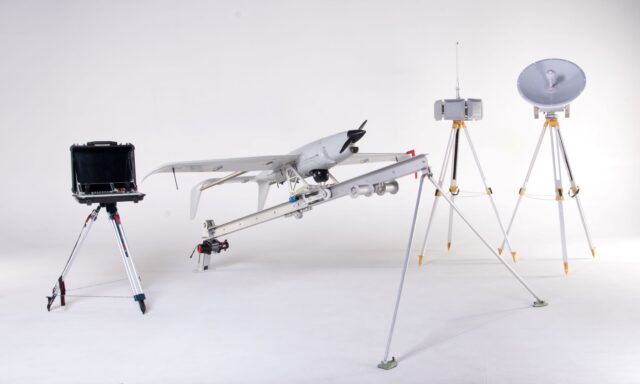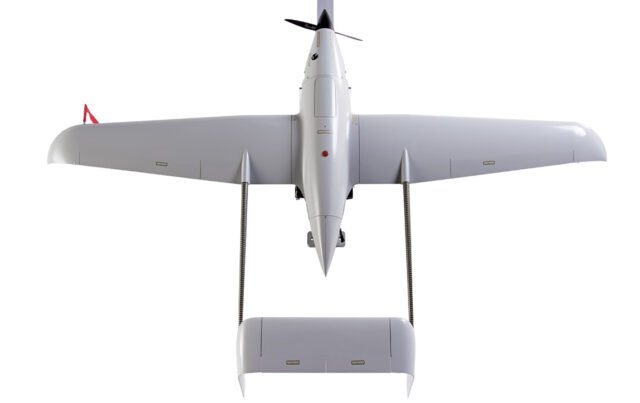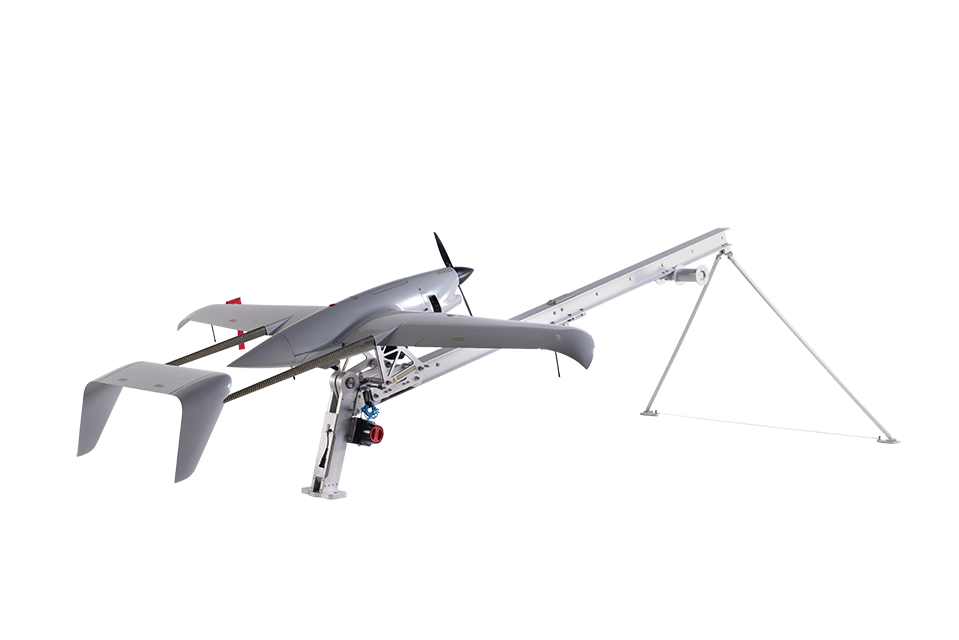New engine, new software, and payload – why the updated ACS-3 has become even cooler.
The reconnaissance unmanned aerial vehicle ACS-3 from the Ukrainian private company Skyeton is supplied to the Air Force of the Armed Forces of Ukraine, serves together with the strike UAV Bayraktar TB2, and its civilian version – Raybird-3 – set a Ukraine record for the duration of continuous stay in the air, namely 24 hours 31 minutes.

In addition to a record time in the air, ACS-3 has many other advantages: a wide range of variable payload, the ability to perform reconnaissance tasks both day and night at any time of year, and under the use of enemy EW.
In creating this UAV, Skyeton relied on three main components: glider capabilities, process automation, and the reliability and durability of the complex. The very combination of these three components ensured the emergence of a competitive complex, interesting not only for the Ukrainian military but also for foreign customers.

Today, the company is talking about creating an upgraded version of the UAS ACS-3M. The updated system received a new engine, new software, and the ability to install a new payload – a small radar with a synthesized aperture (read more about it on the pages of this issue of Defense Express). All these updates are noteworthy and provide the drone with new competitive advantages.
First, let’s talk about the engine. It is an injector, Japanese, very economical, and reliable. Thanks to the new engine, the flight altitude of the UAV has increased from 3000 m to about 4500 m. It also has an automatic correction of the fuel supply in the required proportions, which together provides about 15% fuel economy. The system with this engine has already been shipped to one of the company’s foreign customers – UAE.

No less important update in the upgraded ACS-3M is the new “software”. The company’s specialists wrote software for the ground control station from scratch. Its key feature is the client-server architecture. What exactly is it about?
Previously, the UAS ACS-3 had one workplace that interacted with one aircraft. You can now connect any number of aircraft to the ground control station, and vice versa – any number of users can connect to one aircraft. But the cool pieces of the new “software” do not end there. For example, if multiple users are connected to the same aircraft, the software can differentiate their rights. Yes, one person can only observe the actions of a drone, and another – to control it.
The new “software” also integrates full camera control – for this the user has an additional window to which you can switch as needed. Eventually, it became easier for the operator to operate the drone thanks to a fully graphical interface without any tables for the flight task. According to Skyeton, all customers will be able to switch to the new software – both new and existing operators of the ACS-3.

“With the new engine and our software, the upgraded ACS-3M has become even more efficient,” said Mykola Toptun, Director of Skyeton.
The upgraded version will increase the maximum range with video and telemetry data transmission from 80 km to 120 km. Besides, an interesting question will be how exactly the time spent by the drone in the air, which is more than 24 hours, will change.
According to the developer, this figure currently depends on the mass and type of payload. Yes, without a camera, a drone will fly for more than 30 hours, with a camera, this figure will depend on the intensity of its use and will be 20 hours or more.
Today, Skyeton is preparing an upgraded UAS ACS-3M for state tests and the adoption of the Armed Forces of Ukraine.